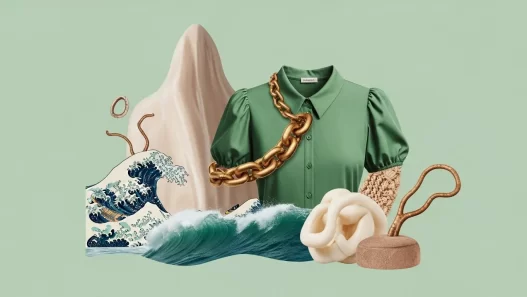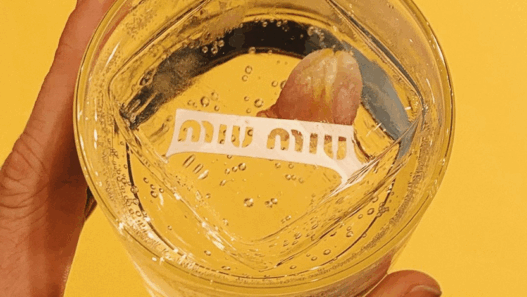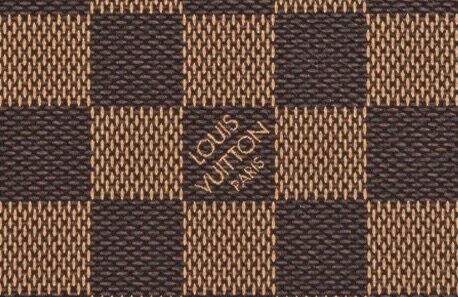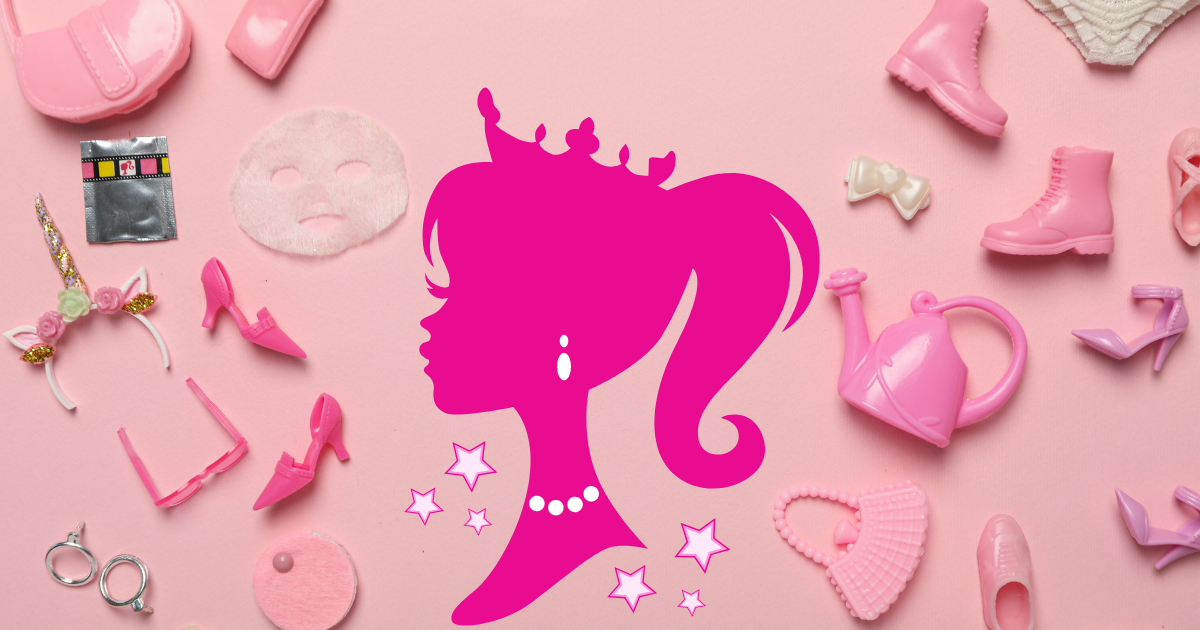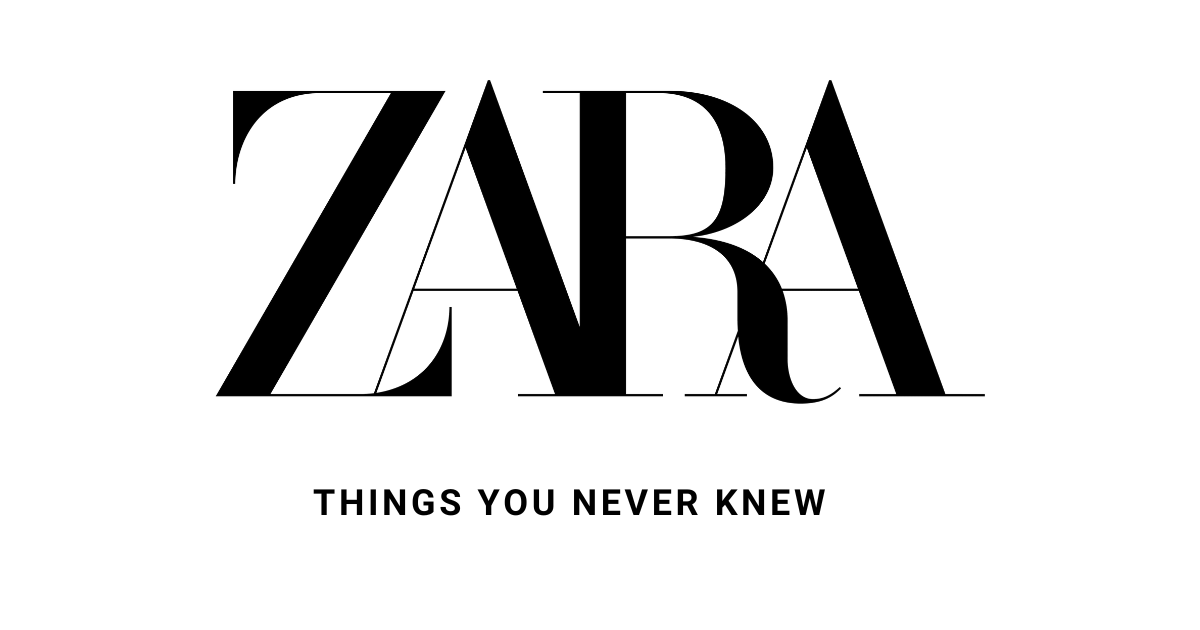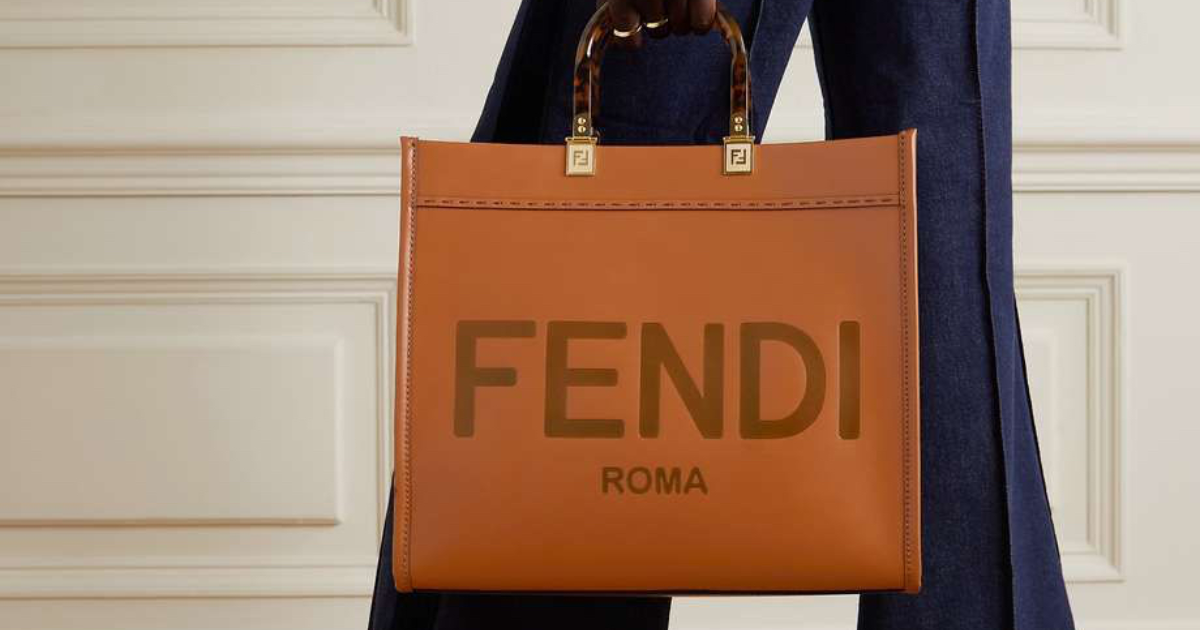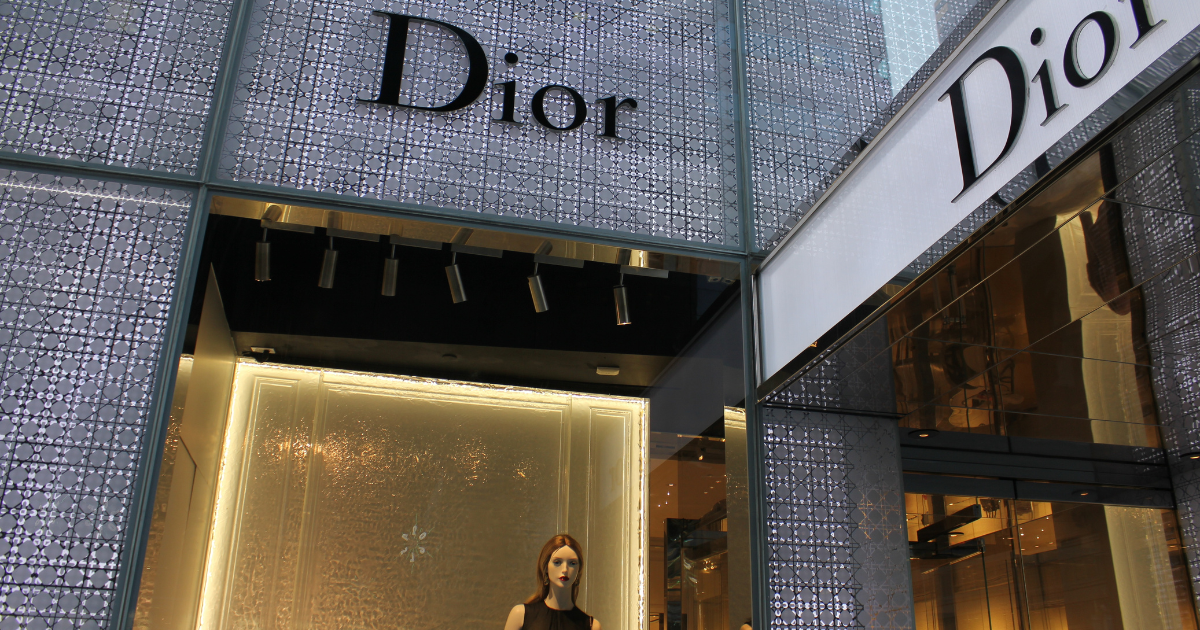Introduction :
Over the years, India’s fashion sector has grown significantly, drawing both domestic and foreign firms to the nation to establish their presence. This success, however, has resulted in the growth of counterfeit fashion items, posing a serious danger to real companies and customer trust. This blog will explore the legal obstacles that Indian fashion firms must overcome in order to stop the sale of fake goods and maintain the integrity of their brands.
The Menace of Counterfeit Products :
Counterfeit fashion goods, commonly known as knockoffs or fakes, are unauthorised reproductions of authentic fashion items. These goods are frequently made using subpar materials and without following any safety or quality requirements. The danger posed by fake fashion items extends beyond monetary losses and harm to brand reputation. These illegal products are frequently produced in dangerous and uncontrolled environments, endangering the health of customers. Counterfeiting stifles innovation, inhibits fair competition, and deters investment in the genuine fashion business. Additionally, the money made through counterfeiting frequently goes into unlawful networks that fund organised crime and other criminal activities, damaging the country’s broader socioeconomic structure. In addition to protecting brands, addressing this issue would promote innovation, preserve consumer safety, and defend the rule of law in India’s fashion industry.
Impact on Brand Identity :
For fashion businesses to preserve their market position and customer confidence, brand integrity is essential. Such unfavourable connotations can turn away devoted customers, hinder sales, and weaken brand loyalty, which can lead to large financial losses. The exclusivity and distinctiveness of authentic brands are diminished by counterfeit products, which decreases brand distinction in the marketplace. Consumer confusion brought on by this dilution can weaken the brand’s distinctive character and make it challenging for consumers to distinguish real items from fakes. Additionally, buyers may view the brand as less prestigious when counterfeit items flood the market, lowering its perceived worth and attractiveness. In the end, brand identity deterioration can result in a decline in consumer loyalty and make it difficult for the company to keep a competitive advantage in the market.
The Legal Framework :
In order to prevent counterfeiting, India has built a legal framework to protect intellectual property rights (IPR), which include trademarks, copyrights, and designs. The following laws are the main ones that deal with counterfeit fashion items:
- a) Trademark’s Act,1999 : A trademark protects a company’s logo, brand name, and other distinguishing characteristics. Trademarks are crucial for fashion firms. The Trademarks Act provides trademark owners with legal options to stop unauthorised use of their marks.
- b) Copyright Act of 1957: As artistic works, fashion designs are protected by the Copyright Act. However, this protection only applies to creative ideas; straightforward or typical designs could not be protected by copyright.
- c) Designs Act, 2000: The Designs Act protects unique and new designs, especially those associated with the fashion sector. It discourages unauthorised copying and enables creators to register their designs.
Challenges in Enforcement :
Although a legal structure is in place, there are various difficulties in executing these rules to stop the sale of fake fashion items.
- a) Inadequate Enforcement Mechanisms: The enforcement agencies in India frequently lack the resources and knowledge necessary to successfully combat counterfeiting. Because of this, locating and capturing counterfeit items can be difficult.
- b) The Spread of E-commerce: With the emergence of online marketplaces, it has become simpler for counterfeiters to sell their goods in an anonymous manner. E-commerce platforms frequently struggle to adequately monitor the voluminous listings.
- c) Lengthy Legal Proceedings: Because they may be expensive and time-consuming, legal actions involving intellectual property rights might prevent certain fashion businesses from taking them.
- d) Lack of Consumer Awareness: Since many customers are uninformed of the negative effects of buying counterfeit goods, the market for fake fashion items continues to grow.
Collaborative Efforts :
A collaborative approach including all stakeholders is required to effectively combat the threat of counterfeit fashion products:
- a) Public Awareness Campaigns: To inform customers about the damaging effects of counterfeit goods on the economy and brand integrity, government organisations, industry organisations, and brands can start awareness campaigns.
- b) Strengthening Enforcement authorities: To find and take down counterfeiters, the government should spend in educating and equipping enforcement authorities more effectively.
- c) Collaboration with E-commerce Platforms: Fashion businesses should work with e-commerce platforms to put stringent restrictions against listings of fake goods and provide channels for quickly reporting and deleting fake goods.
- d) Protection of Intellectual Property Rights: To ensure better legal protection, fashion enterprises have to give registration of their trademarks and designs first priority.
Conclusion :
Indian fashion manufacturers possess a serious problem in the fight against fake goods in the industry. The legal system to safeguard intellectual property rights offers a base for addressing this problem, but enforcement is still a significant barrier. India may make great progress in preserving brand integrity and fostering a robust and genuine fashion sector by encouraging collaboration among governmental organisations, fashion companies, and e-commerce websites. The industry can only secure a future where customers can confidently enjoy in real fashion items without falling victim to fakes by working together.



